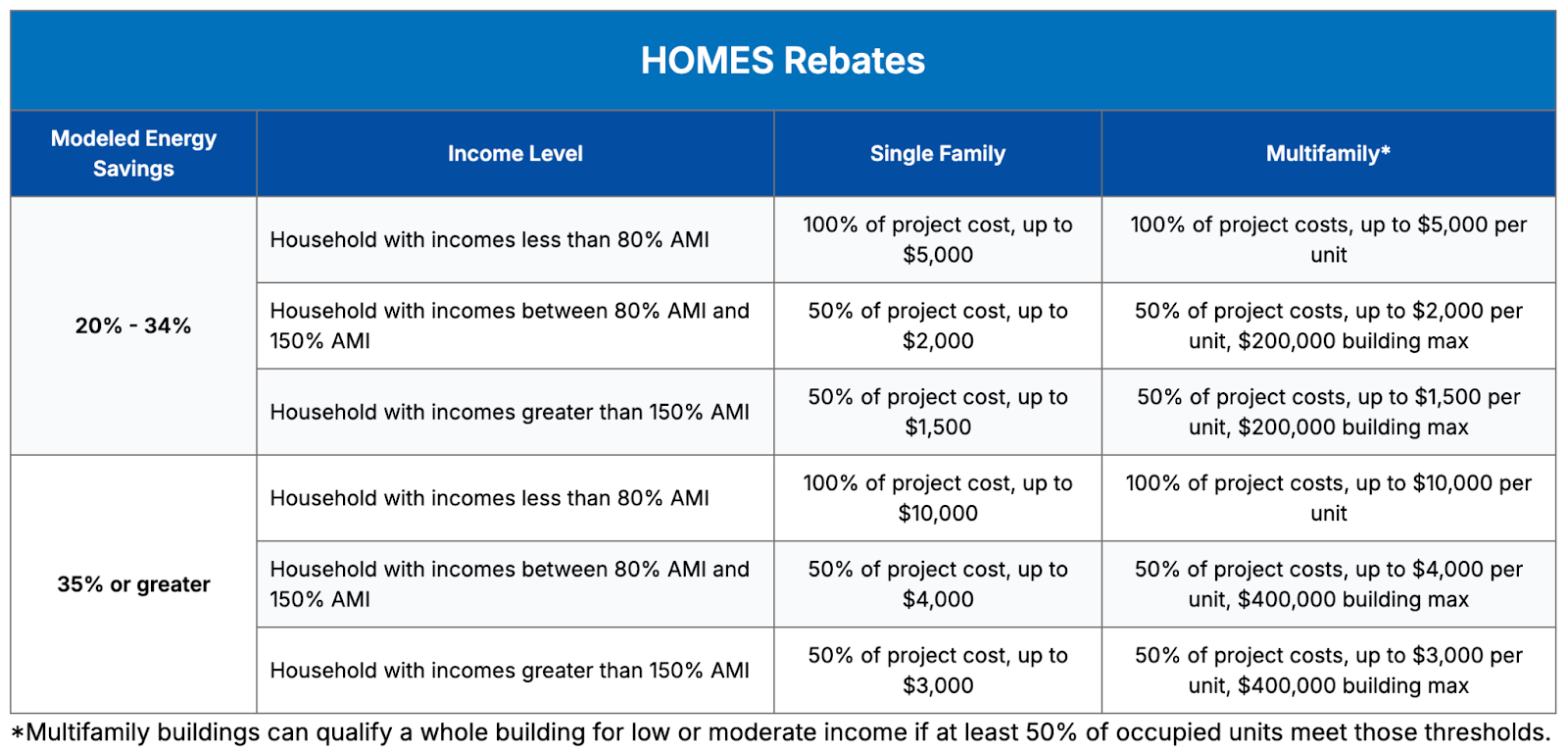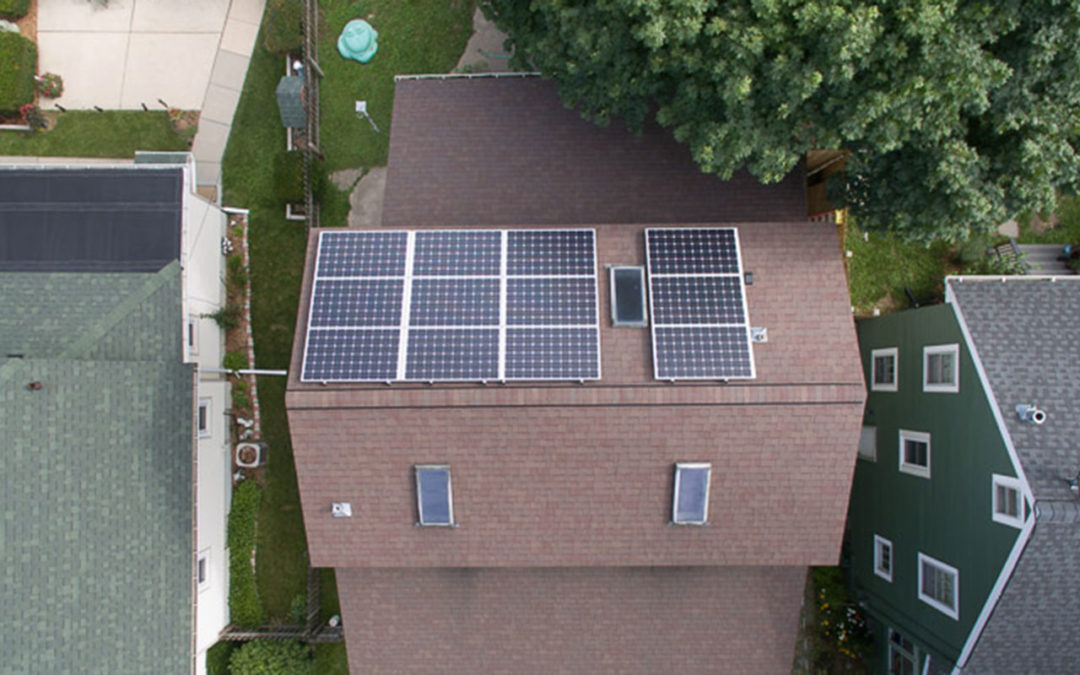With the launch of the Home Efficiency (HOMES) rebate program, Wisconsin is the first state in the country to begin utilizing IRA funds to help homeowners increase the energy efficiency of their homes. Focus on Energy launched the program in August 2024. This groundbreaking initiative is designed to help homeowners improve their home’s energy efficiency in a more accessible and cost-effective way.
How to Get a HOMES Rebate
The goal of the HOMES rebate is to help people improve the efficiency of their homes. One of the first steps in home electrification and energy efficiency is to evaluate the efficiency of your house to better understand where homes are losing energy, whether through leaky windows, poor insulation, or outdated appliances. Since every person consumes energy differently, getting an energy assessment is a crucial first step to understanding your specific situation and in qualifying for a rebate.
HOMES will offer rebates for whole-home energy projects, such as improving insulation, and heating and cooling equipment. Participants can save anywhere from $1,500 to $10,000 on a project, depending on income, whether they live in a single-family or multi-family home, and how much energy they expect to save.
While renters are not eligible to receive a HOMES rebate, you can encourage your landlord or building owner to participate in the program.

The rebate also has a retroactive aspect. Home Efficiency Rebate projects that started on or after August 16, 2022, are eligible for rebates if they meet specific criteria. To qualify for retroactive HOMES program rebates, projects must comply with all final federal and state program requirements.
Reducing Energy Burden
These rebates offer a crucial first step for many Wisconsinites to become more energy efficient and reduce their energy burden in the process. Energy burden is defined as the percentage of a household’s income that is spent on energy costs, such as electricity, heating, and transportation. According to the American Council for an Energy Efficiency Economy, the average energy burden for Wisconsin is 2 percent, but some low-income households face energy burdens as high as 9 percent. These rebates are a great first step in ensuring more Wisconsinites see their energy burden reduced to a manageable level.
A Cleaner, Healthier Wisconsin
This effort will also help lower emissions from our residential sector. The residential sector is responsible for 8 percent of Wisconsin’s greenhouse gas emissions. In Madison, homes contribute 19.8 percent to the city’s overall emissions. In Milwaukee County, residential energy use made up 25 percent of the county’s total emissions as recently as 2018. By making our air cleaner we not only combat the impacts of climate change, but also collectively benefit associated from fewer days of school and work missed due to illness, less frequent hospital visits, and can lower the localized number of respiratory illnesses.
The rebates also provide a welcome injection into local economies by increasing demand for energy-efficient products and services, which will support new jobs in the energy-efficiency sector. In fact, the U.S. Department of Energy projects that these programs will help families nationwide save around $1 billion each year and create 50,000 jobs within the country.

